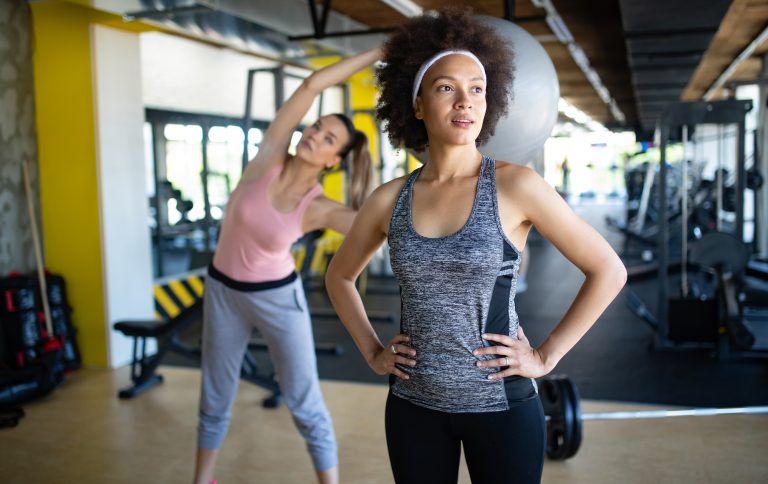Building lean muscle is important at every age, but it is particularly important as we age. We begin to lose muscle mass around 30. Over time, this loss can impact how we feel and look. Use these tips to build quality muscle mass, without putting on unwanted body fat, over the lifespan.
Work major muscle groups
Large muscle groups such as legs, shoulders, hips, and core should get a good work out at least twice weekly. Head to your local fitness center for weights and machines that help you emphasize these groups. Think deadlifts, bicep curls, lat pull-downs, pull-ups and the like. When it comes to using the machines, get help from gym staff to develop a set that is right for your fitness level and goals. No equipment or gym membership? No worries! You can still get in a good workout that gets results at home. Mix-up these exercises in your weekly set: push-ups, sit-ups, squats, lunges, planks, triceps dips, and wall sits. Incorporating more movement will also help you build muscle. If you live in a multi-level home, take the stairs often (maybe even two at a time), plant a garden and take frequent walks. More movement will help you burn more calories, so you burn more fat while you build muscle.
Manage your diet
Protein, carbohydrates and fat are important nutritional building blocks for lean muscle. Although there has been a recent trend toward taking in more protein for building muscle and losing weight, studies have shown that more isn’t necessarily better. According to the Academy of Nutrition and Dietetics, your intake of protein should be between 10 and 35 percent of your diet while you are working to build muscle. You won’t need as much to maintain muscle mass. The Academy recommends 0.37 grams per pound of body weight (that would be 56 grams for a 150-pound person).
Don’t skip fat or carbs
Carbohydrates get a bad rap, but our bodies need them for quality fuel. That doesn’t mean you get carte blanche to scarf all the pizza you can eat. It does mean that you should have an eye toward fueling moderate to intense workouts by taking in things like bulgur, quinoa, brown rice, oatmeal, sweet potatoes, and barley. They will all help you have more energy and feel fuller longer, so you skip the afternoon slump (and resulting trip to the vending machine). Again, this strategy helps you avoid putting on extra fat. Speaking of fat – don’t skip it either. You need it, but think high-quality fats like nuts, avocado, and extra virgin olive oil. Fats give our muscles the energy they need to work their best.
To build muscle and avoid putting on extra fat, exercise at least twice weekly (three times is ideal). Strength training and bodyweight exercises are most helpful. Move more to burn calories and fat. Finally, make wise food choices. Include a good mix of protein, fat, and carbs, but don’t overdo it. Most of us overestimate calories burned with exercise and underestimate how many calories we eat. Use a journal to keep track.


